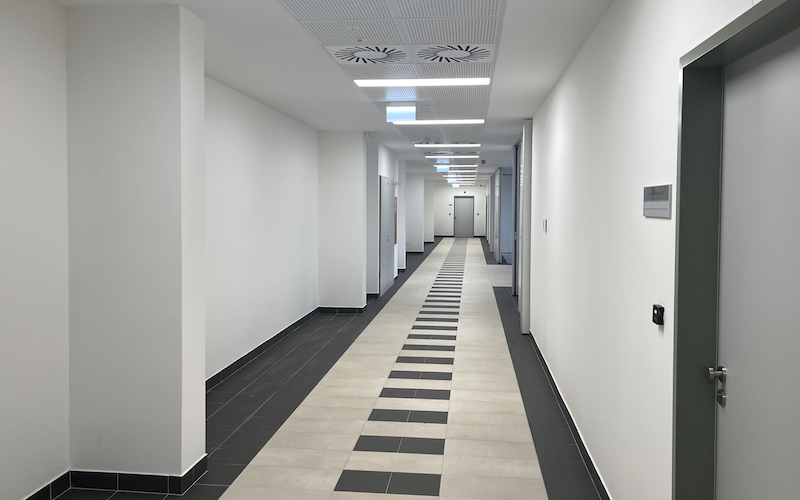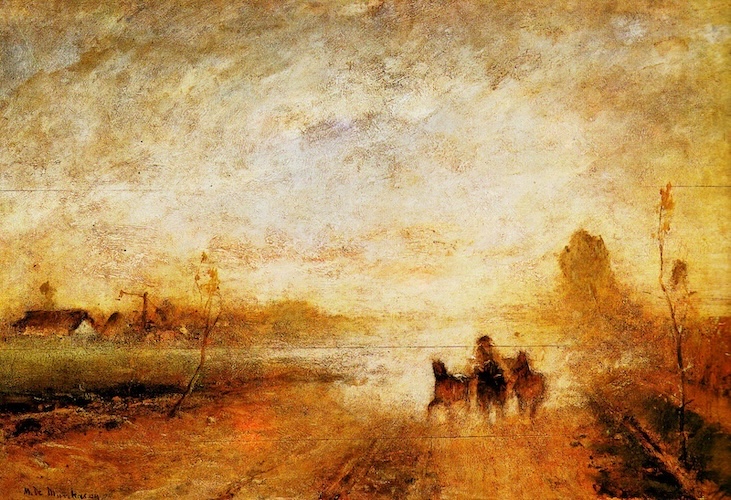Camera Obscura
In Latin, it means dark chamber. The ancestor of the camera, a simple lensless device that can be easily made at home. Light rays enter the chamber through a tiny hole, resulting in a reversed image. The disadvantage is that it lets in very little light, requiring a long exposure time.
Focal length
The distance between the tiny hole and the photosensitive material is called focal length. The larger the focal length, the smaller the field of view (FOV). Widely used focal lengths for portrait photography, for example, are 50mm or 85mm, rarely 135mm. A 24-70mm lens can zoom continuously between the two values.
Magnification
Magnification is the ratio of focal length to the object distance. The nearer part of an object which has depth appears larger on the image plane than the parts behind it. Although this is negligible for distant objects, its distorting effect is clearly visible when capturing a close subject (e.g. a large head on a selfie).
According to the figure above:
$ m = \dfrac{f}{z_0} $
Vanishing point
Despite the effects of magnification, straight lines remain straight in photographs. This is not true for parallel lines. If parallel lines in the picture are long enough, they appear to meet at a point called the vanishing point.
Interesting fact:
Munkácsy's Poros út (1874) painting was created twice.


Diffraction
If there is an obstacle in the path of a wave with a gap larger than the wavelength (period) of the wave, then the waves passing through the opening will travel normally. If the size of the tiny hole is comparable to the wavelength or smaller, waves spread, so the hole in the camera obscura cannot be too small. The concept is not to be confused with dispersion, which is the scattering of light due to the dependence of the refractive index of a material on its wavelength, for example, light refracting on raindrops causes a rainbow.